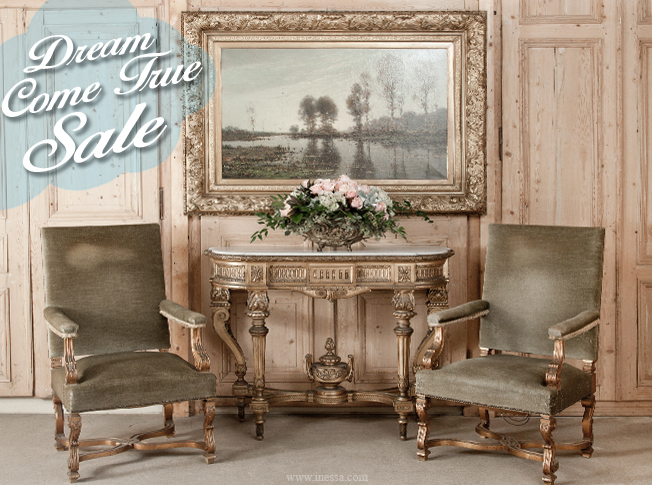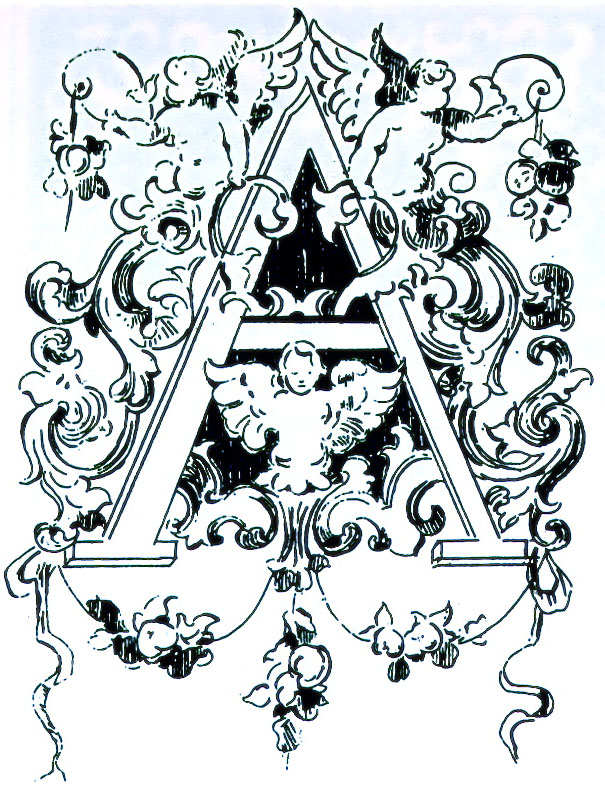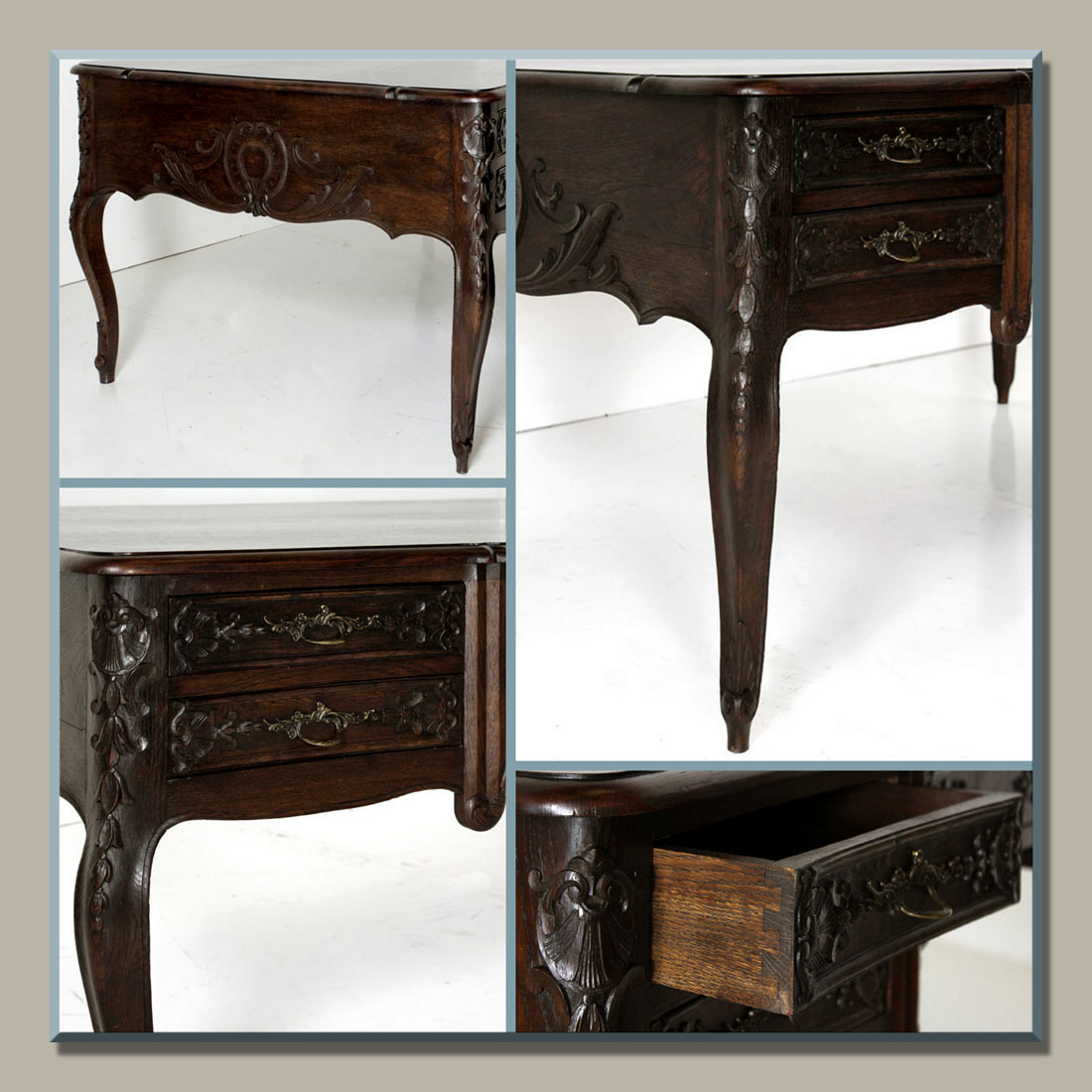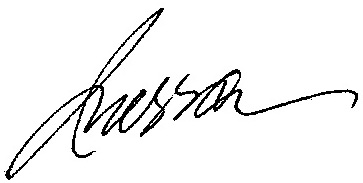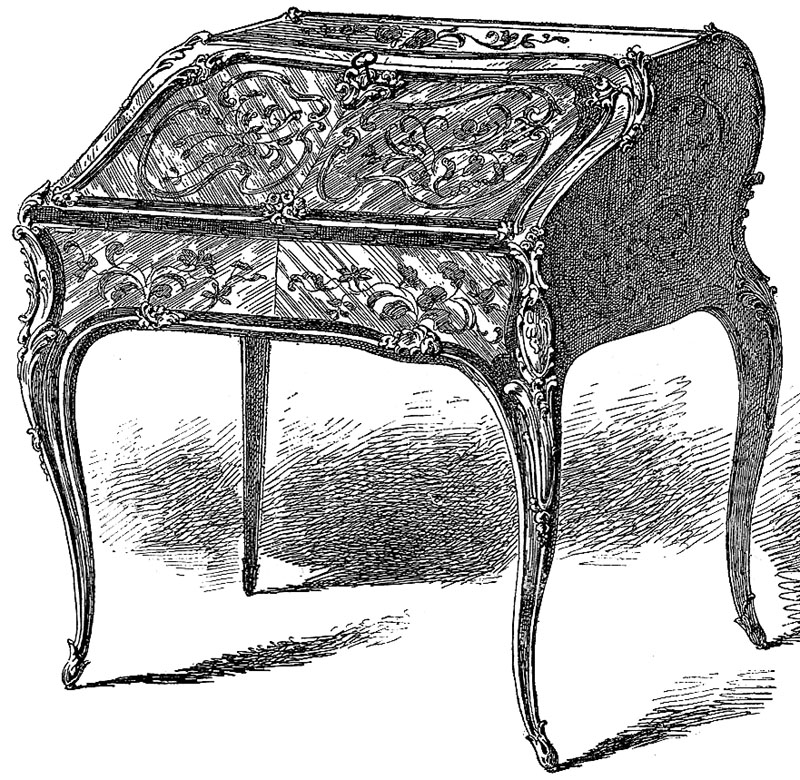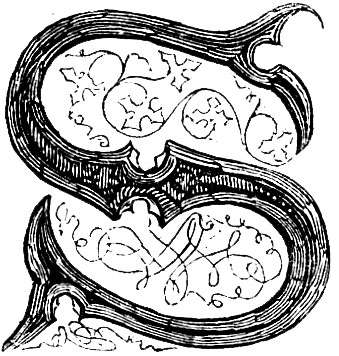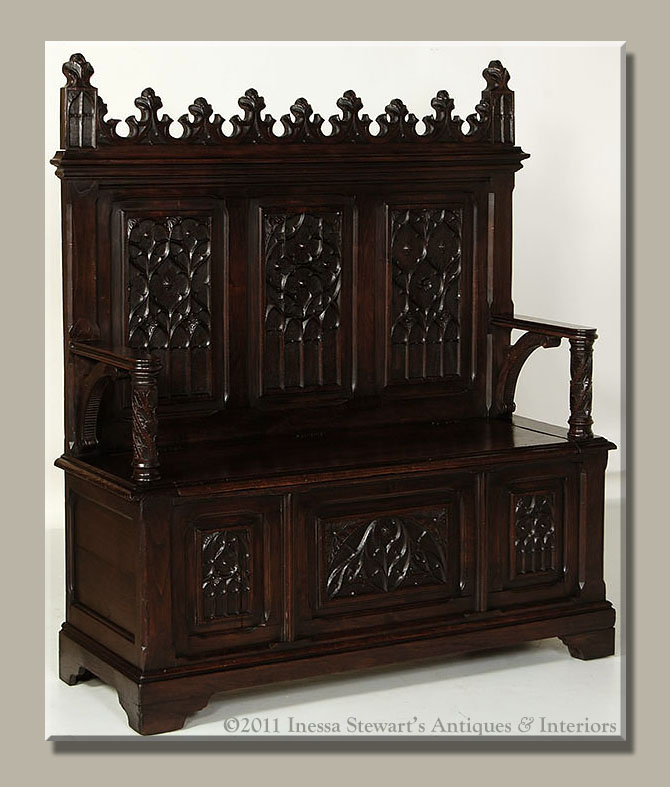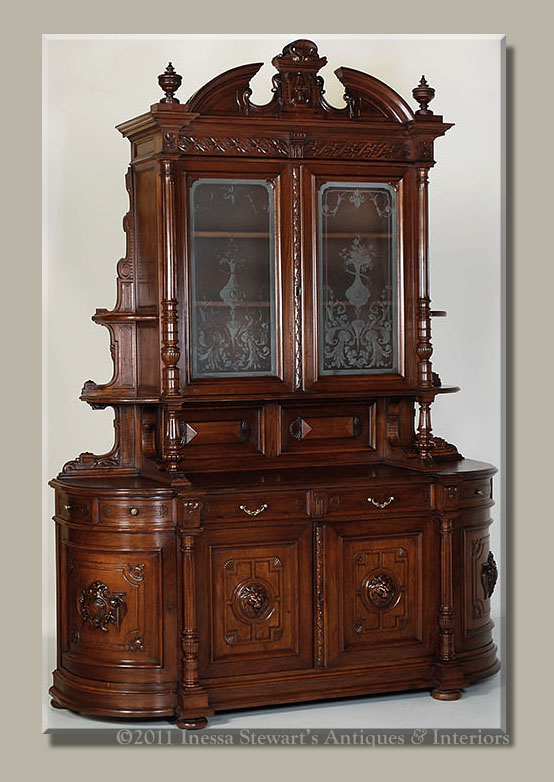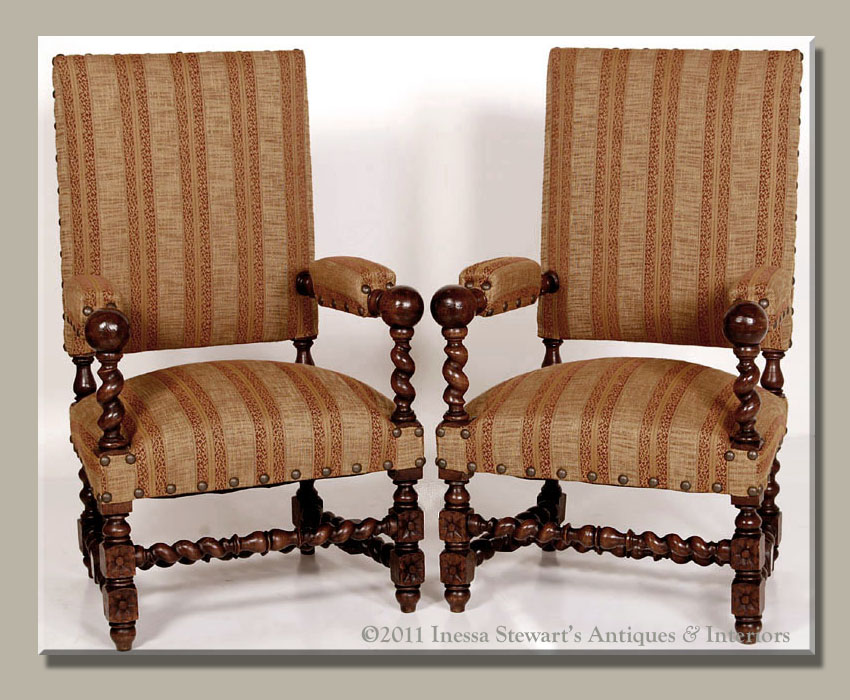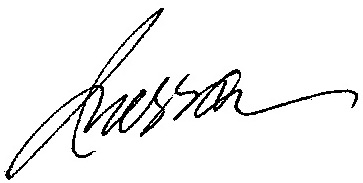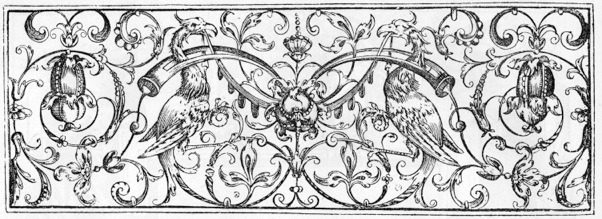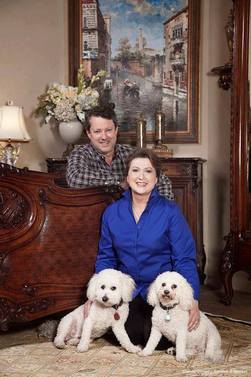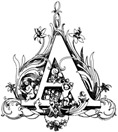 Autumn is a very important season in Europe. It is time for the grape harvest across the continent, especially in France and Italy. Vineyards from Burgundy to Tuscany are busy gathering and creating the “
Autumn is a very important season in Europe. It is time for the grape harvest across the continent, especially in France and Italy. Vineyards from Burgundy to Tuscany are busy gathering and creating the “ magic nectar of the gods”. John and I have visited many wineries over the years and it always amazes me how much knowledge, talent and care goes into the production of a single bottle of wine ~ one must have perfect weather, soil conditions, solar orientation, soil moisture. The list is amazing!Just recently we were fortunate to spend time in several remarkable vineyards in Napa Valley, California. Now is the time of the year to stock up your wine room or wine cellar. Many wineries traditionally release new vintages at this time of the year, so it is great~ just before fall entertainment season~ to stock up on some wine and plan a wine tasting party. Now is a perfect time to be wine lover, because so many wineries gladly share their wine expertise freely, resulting in educated wine consumers. Even with a little knowledge you can sound like an expert.
magic nectar of the gods”. John and I have visited many wineries over the years and it always amazes me how much knowledge, talent and care goes into the production of a single bottle of wine ~ one must have perfect weather, soil conditions, solar orientation, soil moisture. The list is amazing!Just recently we were fortunate to spend time in several remarkable vineyards in Napa Valley, California. Now is the time of the year to stock up your wine room or wine cellar. Many wineries traditionally release new vintages at this time of the year, so it is great~ just before fall entertainment season~ to stock up on some wine and plan a wine tasting party. Now is a perfect time to be wine lover, because so many wineries gladly share their wine expertise freely, resulting in educated wine consumers. Even with a little knowledge you can sound like an expert.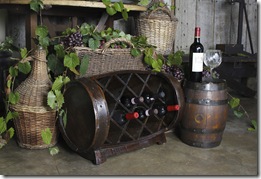
Of course, after acquiring all of this great wine it can be fun to share with friends, which makes it a excellent time to have a wine tasting party. You can choose a special theme, like “Great wines of France”, for instance. If you just came back from a trip to Italy, “Vineyards of Tuscany” would make a perfect topic. Naturally, you do not have to travel to create the right atmosphere for the party. A trip to your local wine merchant with guidance from a connoisseur could also set the stage for a brilliant party.

Next, it is important to create the fabulous atmosphere for your event, and what better way to do that than by incorporating antiques into your decorating. Antique furniture will give your party the earthy, authentic look of ancient wine caves plus make great conversation topics.


